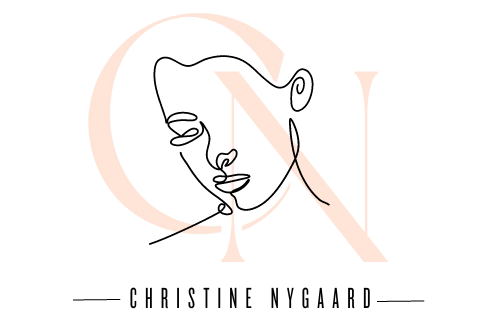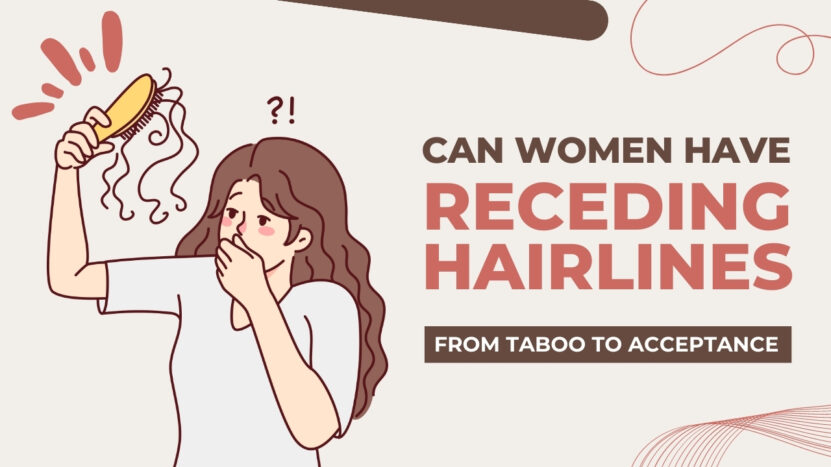Receding hairlines are often associated with men, but what about women? Can women experience this common sign of hair loss? In this blog post, we’ll explore the lesser-known world of female hair loss and receding hairlines, providing you with valuable insights and practical advice. We’ll dispel common myths and misconceptions and help you understand the causes, symptoms, and treatment options for women with receding hairlines.
Hair Loss in Women – The Untold Story
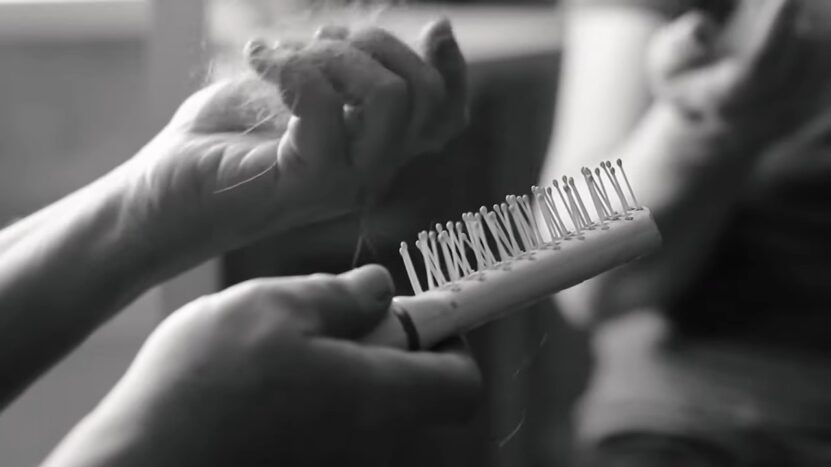
Hair loss is a common concern for both men and women, affecting millions of people worldwide. While it’s well-known that men often experience receding hairline, the issue of female hair loss remains shrouded in mystery.
It’s essential to understand that women can indeed experience receding hairlines, although the pattern and progression of hair loss may differ from their male counterparts. Female hair loss can be subtle and gradual, making it difficult to recognize and diagnose. As a result, many women suffer in silence, not realizing that they have a treatable condition.
Understanding the Causes of Female Hair Loss
Several factors contribute to female hair loss, with genetics playing a significant role in determining an individual’s susceptibility. Other common causes of hair loss in women include:
- Hormonal Imbalances: Hormonal fluctuations during pregnancy, menopause, and the use of hormonal contraceptives can lead to hair loss in women.
- Nutritional Deficiencies: A lack of essential nutrients, such as iron, vitamin D, and biotin, can result in hair loss.
- Medical Conditions: Certain medical conditions, such as polycystic ovary syndrome (PCOS), thyroid disorders, and autoimmune diseases like lupus and alopecia areata, can cause hair loss in women.
- Stress: Prolonged physical or emotional stress can trigger hair loss, as it can disrupt the hair growth cycle.
- Hairstyling Practices: Tight hairstyles, excessive heat, and harsh chemical treatments can damage the hair and lead to hair loss.
Recognizing Female Pattern Hair Loss
Female pattern hair loss (FPHL) is the most common form of hair loss in women and is characterized by a gradual thinning of hair on the top and sides of the head. Unlike male pattern hair loss, women rarely develop a completely bald spot but rather experience a widening of the part and a decrease in overall hair volume.
The Ludwig Scale is often used to classify FPHL, with three stages of severity:
- Stage I: Hair thinning is primarily observed on the crown, with a widening of the part.
- Stage II: Hair loss progresses, with a noticeable decrease in hair volume.
- Stage III: Thinning hair becomes more pronounced, with areas of the scalp becoming visible.
Women and Receding Hairlines – Dispelling the Myths
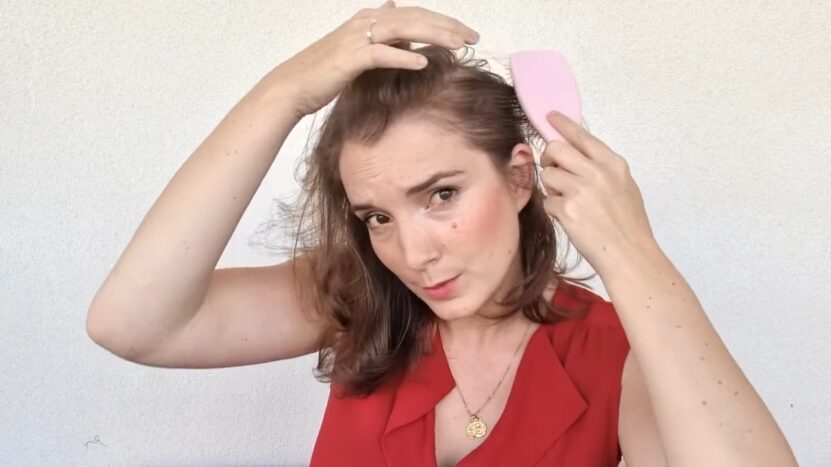
Myth 1: Only Men Can Have Receding Hairlines
Fact: While receding hairlines are more common in men, women can also experience this form of hair loss. Female hairlines tend to recede in a more diffuse pattern, with gradual thinning across the scalp rather than a sharp, defined hairline.
Myth 2: Female Hair Loss Is Rare
Fact: Hair loss in women is more common than many people realize, with up to 40% of women experiencing some degree of hair loss by the age of 50.
Myth 3: Hair Loss in Women Is Always Permanent
Fact: Not all hair loss in women is permanent. In some cases, hair loss may be temporary and reversible, depending on the underlying cause. For example, hair loss due to hormonal imbalances or nutritional deficiencies can often be reversed once the issue is addressed.
Treatment Options for Women with Receding Hairlines
There are several treatment options available for women experiencing hair loss and receding hairlines. Here are some of the most effective methods:
1. Topical Treatments
Minoxidil, an FDA-approved topical treatment, is one of the most common and effective treatments for female hair loss. It works by stimulating hair follicles and prolonging the growth phase of hair. Women typically use a 2% or 5% minoxidil solution, applying it directly to the scalp twice daily.
2. Hormone Therapy
For women experiencing hair loss due to hormonal imbalances, hormone therapy may be an effective solution. This treatment involves using medications like oral contraceptives or hormone replacement therapy (HRT) to regulate hormone levels and promote hair growth.
3. Nutritional Supplements
Supplements containing essential nutrients like biotin, iron, and vitamin D can help improve hair growth and overall hair health in women with nutritional deficiencies.
4. Hair Transplant Surgery
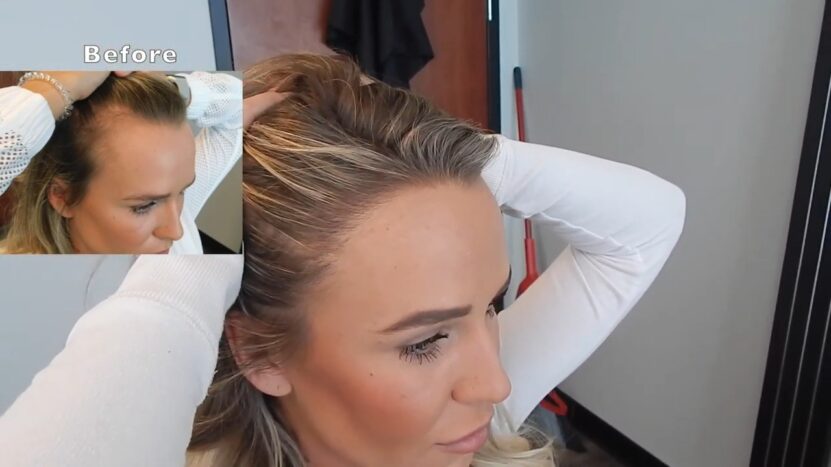
In some cases, hair transplant surgery may be a viable option for women with receding hairlines. The procedure involves transplanting healthy hair follicles from one part of the scalp to the affected area, promoting hair growth and restoring hair density.
5. Low-Level Laser Therapy (LLLT)
LLLT is a non-invasive treatment that uses red light to stimulate hair follicles, promoting hair growth and reducing hair loss. LLLT can be administered using handheld devices or specialized in-office treatments.
6. Platelet-Rich Plasma (PRP) Therapy
PRP therapy involves injecting a concentration of platelets derived from the patient’s blood into the scalp to stimulate hair growth. While still relatively new, PRP therapy has shown promising results in treating hair loss in women.
Lifestyle Changes to Prevent Female Hair Loss
In addition to medical treatments, making certain lifestyle changes can help prevent hair loss and promote hair health in women. Some of these changes include:
1. Maintaining a Healthy Diet
Eating a balanced diet rich in essential nutrients, such as proteins, vitamins, and minerals, can support healthy hair growth and prevent hair loss.
2. Reducing Stress
Implementing stress-reduction techniques, such as mindfulness, yoga, and regular exercise, can help minimize the impact of stress on hair health.
3. Gentle Hair Care
Adopting gentle hair care practices, such as using sulfate-free shampoos, avoiding excessive heat styling, and minimizing the use of harsh chemical treatments, can help prevent hair damage and hair loss.
4. Avoiding Tight Hairstyles
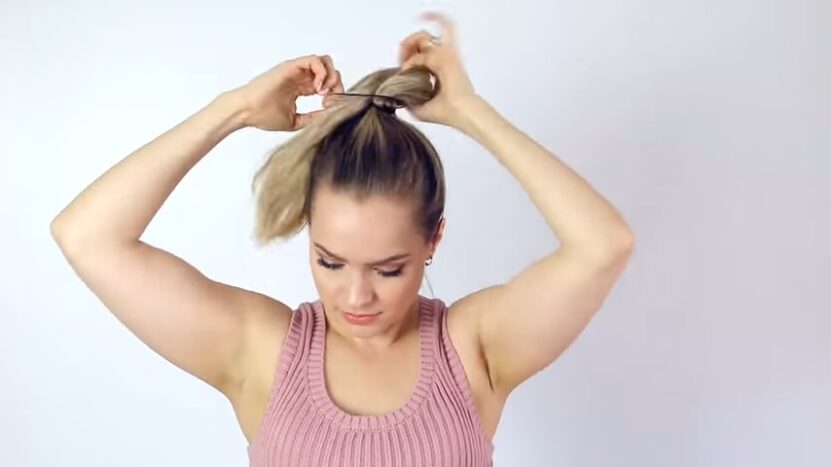
Wearing hair in tight hairstyles, like ponytails or braids, can cause tension in hair follicles and lead to hair loss. Opt for looser styles to prevent hair damage and breakage.
Final Words
Receding hairlines and hair loss are not exclusive to men; women can also experience these issues. Understanding the causes, symptoms, and treatment options for female hair loss is essential to addressing the problem and seeking appropriate help. By dispelling myths and misconceptions, we can raise awareness about female hair loss and empower women to take control of their hair health. With the right treatment plan and lifestyle changes, many women can successfully combat receding hairlines and enjoy a full head of healthy hair.
